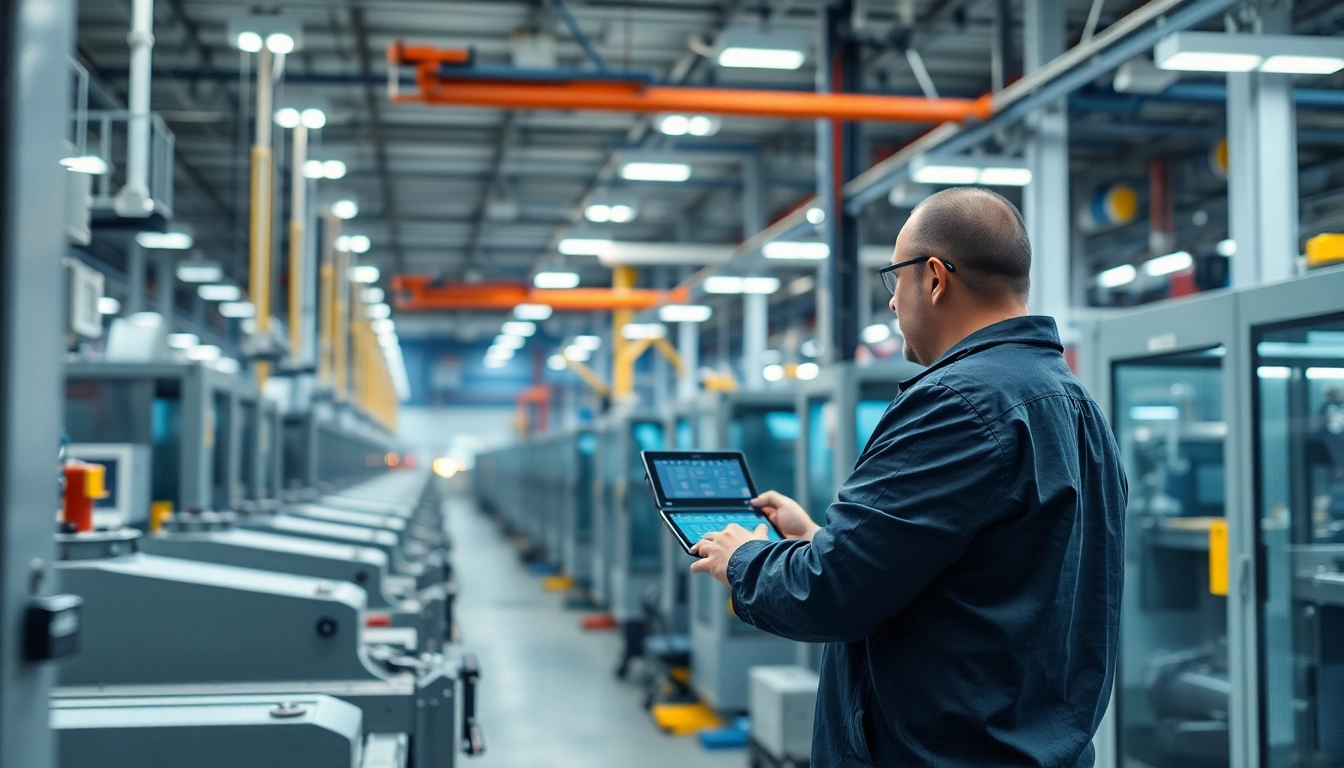1. Introduction to Technology Manufacturing Costs
Understanding manufacturing costs is crucial for any player in the technology sector. Manufacturers face multiple pressures, from fluctuating raw material prices to labor costs and complex supply chains, which can significantly impact overall expenses. This article delves into the various forces that drive manufacturing costs in the technology sector, offering insights that can empower businesses to manage costs effectively.
Through a comprehensive exploration of technology manufacturing costs, we will break down the components that influence pricing, providing strategies to maintain profitability while delivering quality products and services.
1.1 Definition of Technology Manufacturing Costs
Technology manufacturing costs can be defined as the total expenses incurred in the process of creating technology-related products, which includes everything from raw materials and labor to overhead costs like facilities and utilities. Understanding these costs is essential for pricing strategies, budgeting, and resource allocation.
1.2 The Importance of Cost Management
Cost management in technology manufacturing isn’t just about cutting expenses; it involves strategic planning to optimize resource utilization while maintaining product quality. Effective cost management leads to improved profitability, which, in competitive markets, can provide the leverage needed to invest in research and development, employee training, and innovative technologies.
1.3 Overview of Major Cost Drivers
Several key factors contribute to manufacturing costs in the tech sector:
- Raw Material Costs: Fluctuations in material prices can drastically affect production.
- Labor Expenses: Skilled labor is vital yet expensive, impacting labor costs significantly.
- Supply Chain Efficiency: Streamlined operations reduce costs, while inefficiencies can inflate expenses.
- Technological Investments: Implementing cutting-edge technologies can incur upfront costs but lead to long-term savings.
2. Raw Materials and Supply Chain Dynamics
2.1 Impact of Material Prices on Technology Costs
Raw materials are the backbone of technology manufacturing, with prices directly influencing production costs. For instance, metals like aluminum and copper, commonly used in electronics manufacturing, are subject to market volatility. Manufacturers must keep a close eye on market trends to forecast costs accurately and adjust their strategies accordingly.
2.2 The Role of Supply Chain Efficiency
An efficient supply chain can significantly reduce costs. Factors including the distance from suppliers, shipping rates, and inventory management strategies all contribute to the effectiveness of a supply chain. Advanced technologies such as blockchain, AI, and machine learning are increasingly being integrated into supply chains for better tracking and efficiency, minimizing delays and lowering costs.
2.3 Sourcing Quality Raw Materials
Sourcing quality raw materials is non-negotiable for tech manufacturers. Suppliers who provide higher quality materials often come at a premium, but the benefits can include enhanced product lifespan and reduced return rates. Establishing solid supplier relationships and exploring local sourcing options can lead to better pricing and reliability.
3. Labor Costs in the Technology Sector
3.1 Analyzing Wage Trends Across Technology Manufacturing
Labor costs directly correlate with the skillset required for technology manufacturing. As new technologies evolve, so do the skill sets necessary for manufacturing them. Keeping up with wage trends and considering the cost of living in different regions can help manufacturers strategize on hiring and retaining skilled employees.
3.2 Skill Levels and Their Financial Impact
In the technology sector, highly skilled labor commands higher salaries, making it essential for businesses to balance between hiring experts and ensuring cost-effectiveness. Investing in training programs and apprenticeships can mitigate high labor costs while creating a competent workforce ready to tackle emerging technologies.
3.3 Training and Development Expenditures
Training is an investment in future cost savings and increased productivity. A well-trained workforce can lead to improved efficiency, fewer errors, and innovation that drives down costs overall. Implementing continuous training programs, both in-house and through external partnerships, lays the foundation for reduced operational costs over time.
4. Technological Advances and Production Efficiency
4.1 Automation and Its Cost-Saving Benefits
Automation is a game-changer in technology manufacturing. By reducing reliance on human labor for repetitive and time-consuming tasks, automation dramatically lowers labor costs. Moreover, automation enhances efficiency and accuracy, which can lead to substantial cost reductions in production lines.
4.2 Implementing Intelligent Manufacturing Solutions
Intelligent manufacturing solutions involve integrating various technologies, such as IoT and AI, to optimize the production process. These solutions can help manufacturers analyze data in real time, predict maintenance needs, and streamline operations, ultimately contributing to cost savings.
4.3 Future Technology Trends Affecting Costs
Staying ahead of technological trends is vital for understanding manufacturing costs. Emerging technologies, including 3D printing and advanced robotics, are expected to revolutionize traditional manufacturing processes. Companies that adapt to these technological advances will likely see reductions in production costs and improvements in product offerings.
5. Strategies for Managing Manufacturing Costs Effectively
5.1 Cost Reduction Best Practices
Implementing cost reduction best practices is essential for enhancing profitability. Examples include lean manufacturing techniques that minimize waste and optimize resource usage, utilizing just-in-time inventory systems to reduce storage costs, and engaging in strategic sourcing to negotiate better prices with suppliers.
5.2 Forecasting and Budgeting for Technology Expenses
Accurate forecasting and budgeting are critical for managing costs effectively. Companies should refine their budgeting processes by incorporating predictive analytics to forecast future expenses stemming from materials, labor, and overheads. This approach enables more informed decision-making and better cash flow management.
5.3 Case Studies: Successful Cost Management Approaches
Analyzing case studies of successful cost management can provide valuable insights. For example, consider Company XYZ, which implemented automation across its production line, resulting in a 30% reduction in labor costs and a 20% increase in production efficiency. Employing a similar approach, technology manufacturers can streamline operations and achieve significant cost savings.
